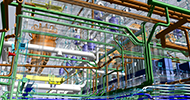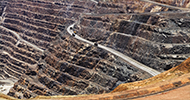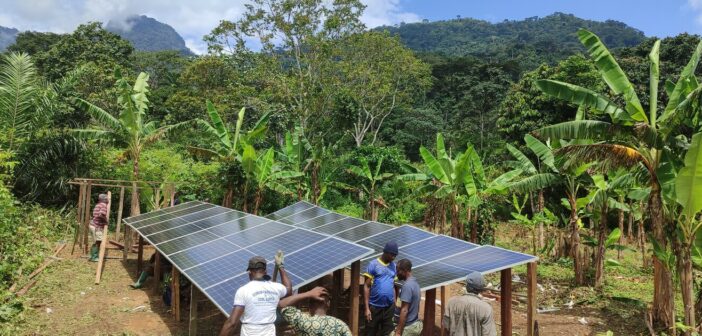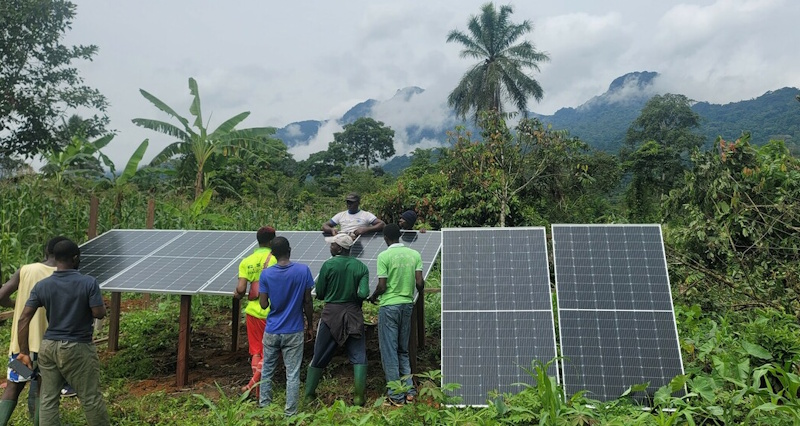In 2020, renewable energy sources made up just over 28% of the world’s electricity. The theme of this year’s Earth Day (22 April) is “Our Power, Our Planet”, so it seems appropriate to ask: Where does your electricity come from?
The aim is to get people asking (and answering) that important question. The underlying goal is to unite the world behind renewable energy and the Earth Day organisers propose a 3 step plan: Advocate, Educate, and Mobilise.
Hexagon has been involved directly and indirectly with the renewable energy adoption for years. One of the most recent ways is through our partnership with an extremely cool rainforest charity, Cool Earth.
When we talk about solar panels, we do it in financial terms. We ask if it will bring our bills down, if it will increase the value of our home, or how long will it be before we get a return on our investment. That makes sense on the level of private individuals, but that’s not going to prevent climate change.
To make a lasting impact on a global scale, we need advocates of this technology. In the rainforests of Papua New Guinea and Cameroon, there are village communities where the installation of few solar panels means a lot more than healthy bank balance.
Advocate
Cool Earth has a unique way of protecting the rainforest. Their technique is to empower the local communities living in the forest with the tools, equipment and knowledge to do it themselves. It’s an approach that makes a lot of sense, after all, nobody knows the forest ecosystem better than the people who live and interact with it every day.
Giving these communities access to renewable energy in the form of solar panels has been empowering, both literally and figuratively. Cool Earth found:
“These communities use the wood as a fuel. When we installed solar panels, tree cutting dropped by 85% over night. They went from cutting down 21 trees a month to just 3. But the impact is bigger than saving a few trees.
“It’s bringing light and electricity to schools, medical centres and 1000 homes. Without alternatives, communities rely on weekly tree cutting for survival – for light, for cooking and warmth, solar panels changed everything”
This isn’t the first time Cool Earth have taken on a project like this. Back in 2023 they distributed 111 solar kits to three communities in Papua New Guinea, and there the results were just as dramatic. Families didn’t need to buy batteries or run generators so they were able to spend money on other things.
The transformation had a ripple effect throughout the communities. With more useful hours in the day, there were more opportunities to do things, to work or study.
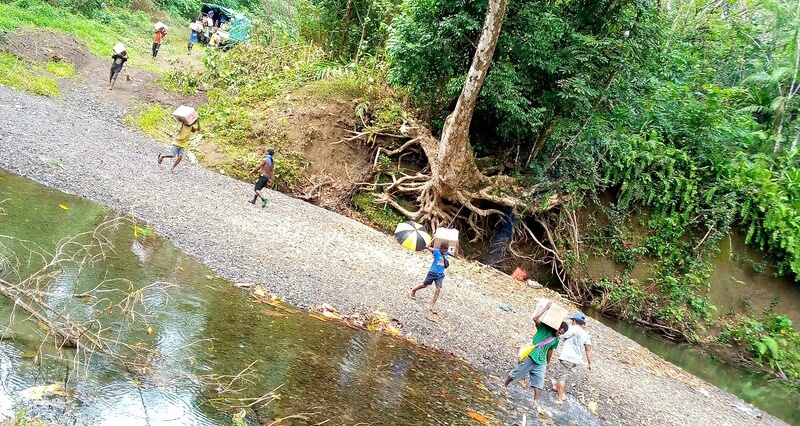
Installing solar panels in a rainforest is a challenging task. In manufacturing, we often talk about “getting it right first time”, but in this case, there’s no other option
By supporting Cool Earth, Hexagon is indirectly helping with this project, but there are other ways in which Hexagon contributes in a much more direct way. R-evolution are making great progress with the Hexagon owned and operated solar farm in Archidona, Southern Spain.
Educate
Now in its fourth year, the team are in the process of doubling its capacity from the original 8.24 MWp coming from 20,592 solar panels to 16.44 MWp with an additional 20,000 panels. When completed, it will be enough to power 6000 households.
What’s really exciting about the Archidona solar park is that it has become an innovation platform for the solar energy sector. We know that many Hexagon technologies have applications in renewable energy. The R-evolution team have used all the tools available to them from the across the wider Hexagon portfolio.
They’ve created 3D maps of the solar farm using Leica reality capture scanners, smart surveillance systems, HXDR cloud-based visualisation and collaboration platform and Manufacturing Intelligence division’s Cradle CFD completes the set up for a highly accurate digital twin of the area. This software brings the digital twin to life but simulating thermal and fluid characteristics of the solar panels. It even supports weather forecasting and in this way the team can learn what’s happening in real time and make thousands of tiny adjustments and optimisations.
Mobilise
We’ve seen the positive impact this technology can have on small communities like those Cool Earth are supporting. We’ve seen the technology in place for development and optimisation. Add to that, the cost of solar electricity is set to decline by 60% by the year 2050. At the same time, solar energy’s role in global electricity generation is set to increase and surpass 50% by that same year.
It’s time to take action, mobilise and contribute to this global movement. Whether you’re an individual, a business, or a community leader, there are countless ways to get involved. From advocating for renewable energy policies to supporting organisations like Cool Earth that are making tangible changes, your participation is crucial.
Join the effort to make Earth Day 2025 a pivotal moment in the renewable energy revolution. This year, Cool Earth are aiming for their biggest impact yet – £200,000 to protect critical Amazon rainforest. Every donation made between 22 and 29 April will be doubled until we reach our £100,000 match pot. That means any contribution goes twice as far.
Check out their appeal on BBC Radio 4, or visit their website for more information.






